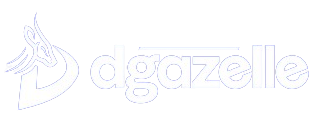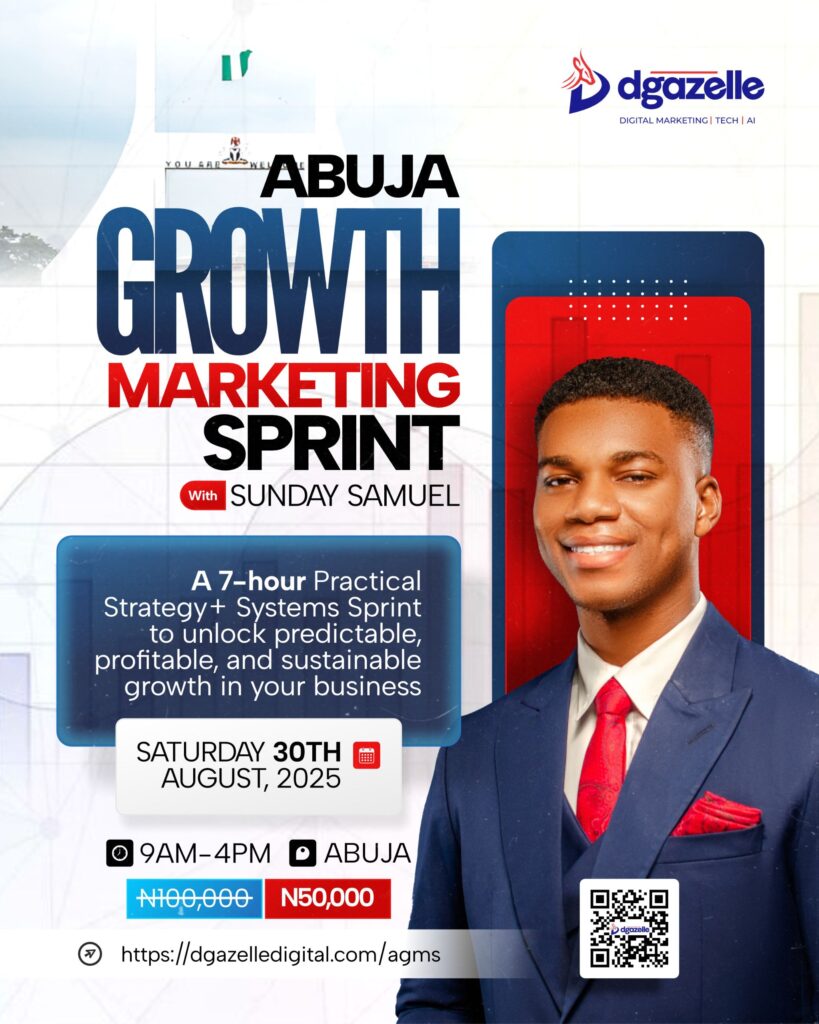
Are you struggling to get your brand noticed online in a crowded digital marketplace? You’re not alone. Many businesses find it challenging to stand out and build a strong online presence.
That’s where a well crafted digital PR strategy can make all the difference. Digital PR is a powerful way to boost your brand awareness, improve your search engine rankings, and connect with your target audience through trusted online channels like blogs, social media, and news websites.
Imagine your brand featured on authoritative websites, earning high quality backlinks that skyrocket your SEO performance while building credibility and trust with potential customers. With the right approach, you can turn your business into an industry leader and drive more organic traffic to your website.
In this post, we’ll walk you through exactly how to implement digital PR effectively, share the key benefits, and provide actionable steps to launch your own successful digital PR campaign. Let’s get started on transforming your online presence today!
What Is Digital PR?
Think of Digital PR as the modern version of public relations, but with a digital twist. It’s all about getting your brand featured on popular websites, blogs, and social media platforms to build your reputation and get noticed by the right people. The goal is to increase awareness, build credibility, and improve your website’s standing on search engines like Google.
Unlike traditional PR, which often relies on offline or physical media, Digital PR taps into the vast reach of the internet. It helps you connect with journalists, influencers, and online communities who can share your story with their audiences. Plus, it works hand in hand with SEO by earning valuable backlinks that boost your website’s rankings.
Why Should You Care About Digital PR?
- Get Your Brand Seen
Digital PR helps you get your name out there by securing mentions on websites and platforms your audience already trusts. This kind of exposure can make your brand a household name in your industry.
- Build Trust and Credibility
When respected websites or influencers talk about your brand, it’s like a stamp of approval. People are more likely to trust and choose your business when they see it recommended by experts or popular voices.
- Boost Your Google Rankings
One of the coolest things about Digital PR is how it helps with SEO. When authoritative sites link back to your website, Google takes notice and rewards you with better rankings. This means more people find you when they search online.
- Drive More Traffic and Leads
More mentions and shares mean more visitors to your website. And more visitors can lead to more customers if you have the right offers and calls to action in place.
- Manage Your Reputation
Digital PR isn’t just about promotion, it’s also about protecting your brand. You can share positive stories, respond quickly to any negative press, and keep your online image strong and trustworthy.
How Does Digital PR Help Your SEO?
Digital PR is a secret weapon for SEO. When your brand gets featured on authoritative websites, you earn backlinks; links from other sites pointing to yours. These backlinks tell Google that your website is credible and relevant, which helps you climb higher in search results.
Plus, Digital PR often involves creating unique content like surveys, reports, or eye catching infographics that naturally attract attention and links. This kind of content is shareable and helps spread your brand message far and wide, boosting your SEO even more.
How to Create a Digital PR Strategy That Works

Step 1: Know What You Want and Who You’re Talking To
Before diving in, decide what you want to achieve. Is it more brand awareness? Better SEO? More leads? Set clear goals so you can measure your success. Also, get to know your audience; what do they care about? Where do they hang out online? This helps you craft messages that really connect.
Step 2: Create Content People Actually Want to Share
Your content needs to be interesting, useful, or newsworthy. Think data reports, expert interviews, helpful guides, or fun infographics. The more unique and valuable your content, the more likely journalists and influencers will want to share it.
Step 3: Find and Connect with the Right People
Make a list of bloggers, journalists, and influencers who cover your industry. Follow them, engage with their content, and build genuine relationships. When you pitch your story, personalize your message so it feels relevant and thoughtful.
Step 4: Pitch Like a Pro
Send your story or content to your contacts with a clear explanation of why it matters to their audience. Use press releases, emails, or social media to get your message out. Remember, it’s about quality, not quantity; target the right people, not everyone.
Step 5: Keep Track and Improve
Use tools to monitor where your brand gets mentioned, how much traffic you’re getting, and how your SEO is improving. Look at what’s working and what’s not, then tweak your approach to get better results over time.
Handy Tools to Help You Along the Way
- Media Monitoring: Google Alerts and Mentionlytics keep you updated on brand mentions.
- Outreach Management: BuzzStream and Pitchbox help organize your media contacts and outreach efforts.
- SEO Tracking: Ahrefs, SEMrush, and Moz show you how your backlinks and rankings are doing.
- Content Creation: Canva makes it easy to design eye-catching visuals.
- Analytics: Google Analytics helps you understand your website traffic and user behavior.
Common Challenges and How to Beat Them
- Building Real Relationships: Don’t just send mass emails. Take time to engage and offer value to journalists and influencers.
- Consistently Creating Great Content: Stay on top of trends and use data to inspire fresh ideas.
- Measuring Success: Focus on meaningful metrics like quality backlinks, referral traffic, and conversions, not just likes or shares.
- Standing Out: Be creative and find unique angles that make your brand memorable.
Conclusion
Digital PR is a game changer for brands looking to grow online. It helps you get noticed, build trust, improve your SEO, and connect with your audience in meaningful ways. By setting clear goals, creating compelling content, and building strong media relationships, you can launch a Digital PR strategy that drives real results. So why wait? Start crafting your story and get ready to shine in the digital spotlight! If you’re ready to take your brand to the next level, Digital PR is the way to go. It’s creative, measurable, and incredibly effective when done right. Dive in, experiment, and watch your online presence soar!








